War in Ukraine puts its history and culture in peril. Many showcases and three festival slots are being dedicated to Ukraine movies during this Cannes Film Festival. Readers, prepare yourself for a long blog here, there is so much to be said!
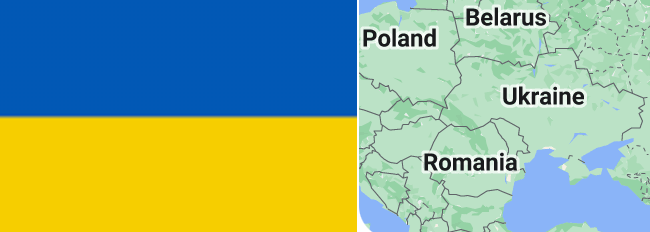
Maksym Nakonechnyi’s drama Butterfly Vision is in Un Certain Regard. Russian-backed separatists in Ukraine’s eastern Donbas region began fighting in 2014 and are resurging now as Russia invades. In this story, a female Ukrainian aerial reconnaissance expert returns home to her family after serving in Donbas, where she was captured and held prisoner for months. The trauma of captivity continues to torment her and surface in dreamlike ways, yet she refuses to identify as a victim and fights to liberate herself. Paris-based distribution and production company Nour Films will release it theatrically in France just after Cannes.

As a debut feature in Official Selection, Directors’ Fortnight or Critics’ Week, it is eligible for the Caméra d’Or. The film is a coproduction of Kyiv-based production company Tabor, cofounded by Nakonechnyi, Croatia’s 4Films, the Czech Republic’s MasterFilm and Sweden’s Sisyfos. International sales are by Wild Bunch.
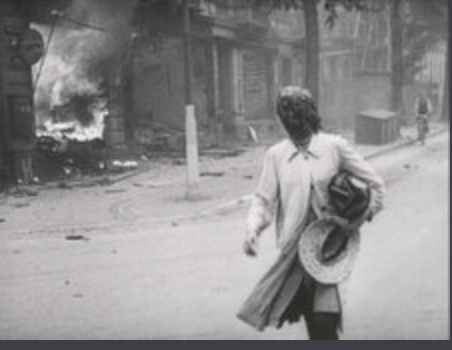
The Natural History of Destruction, in Special Screenings of Cannes FF is a documentary based on the book by German writer W.G. Sebald, examining the perception and processing of the phenomenon of mass destruction of the German civilian population in European post-war literature. The film posits the question: is it morally acceptable to use a civilian population as an instrument of war? Director Sergey Loznitsa won the prize for Best Doc last year in Cannes with his incredible deeply moving Babi Yar. Context (Read my blog on it here.) Producer Maria Choustova has worked with Loznitsa on most of his films. This is an international coproduction of Netherlands, Germany and Lithuania. International sales are by Progress Films.
Pamfir will screeen in Directors’ Fortnight. As a first film, it too is eligible for the Camera d’or. A coproduction of Ukraine, France, Poland, Chile and Luxembourg, the Ukranian language film, directed by Dmytro Sukholytkyy-Sobchuk takes place in Western Ukraine, on the eve of a traditional carnival. Pamfir returns to his family after months of absence. Their love is so unconditional that when his only child starts a fire in the prayer house, Pamfir has no other choice but to reconnect with his troubled past to repair his son’s fault. He will be taken on a risky path with irreversible consequences. International sales are by Indie Sales.
Tallinn Goes to Cannes Works-in-Progress will show works from Ukraine, both in person and online. as announced by Estonia’s premier festival, Tallinn Black Nights, the only A-category film festival in Northern Europe. Also known as POFF, it screens around 200 features with four competitive programs. Industry@Tallinn & Baltic Event is the one-week summit for film and audiovisual industry professionals which runs during the festival. Its 21st edition takes place from Nov 18–25 and welcomes projects and participants from around the globe.
Goes to Cannes Works-in-Progress Showcase to be held May 21, 2022, 14:15 - 16:15 GMT+2- Palais K and ONLINE at 14:15 in every time zone will be dedicated to films from Ukraine.
Cannes Docs | Docs-in-Progress > Ukraine Showcase will also be held May 21, 2022, at 10:00 - 11:15 GMT+2 in Palais H.
Cannes Docs 2022 offers an exclusive series of eight showcases of curated docs-in-progress in finalization stage, aiming to hit the circuit within a few weeks or months. These showcases of docs-in-progress are primarily designed for international decision makers looking for fresh new titles – in particular festival programmers and sales agents –, but also generally addressed to any potential gap financing or post-production partner.
Docudays UA, in cooperation with the Ukrainian Institute, presents an exclusive showcase of four creative documentaries on the stage of production and post-production. The section we curated were all started before the current war but each of them was highly impacted by the events that are threatening the existence of our country. These 4 exceptionally cinematic projects present the reality of Ukraine before and during the war.
The Ukrainian Institute is a public institution that promotes Ukrainian culture internationally. Docudays UA is the main Ukrainian documentary international film festival with an annual 20K attendance.
🔎 Discover the four Ukrainian projects here -> https://bit.ly/38pgSgl
💡 The Showcase will be viewable online for online badge holders right after the onsite presentation in Cannes (link to be published here on Saturday 21 May).
Ukraine in Focus | Ukrainian Cinema: From Surviving to Thriving Again How the Global Film Community Can Come Together to Support the Country’s War-Torn Industry
This panel will be held May 21, 2022, 11:30 - 13:00 GMT+2 on Marina Stage (Riviera) & Online
In Cannes Only
The Russian invasion of Ukraine on the 24th of February sent unprecedented shockwaves throughout the film and audiovisual industry in the country and across the globe. Like other local industries worldwide due to the health crisis, Ukrainian cinema had to press the pause button on production undetermined period of time. Immense damage has occurred, not just to human lives and urban structures, but also to cultural development. Ukrainian filmmakers had to put their cameras down and replace them with weapons. All the current state funds allocated to help a struggling post-pandemic film industry have been redirected to the protection of the sovereignty of the country. A healthy film sector is far less a priority than keeping the local population alive. The few cameras still rolling are not shooting fictional action sequences or horror films, but instead turning towards the harsh realities of war, depicting the harsh chronicles of battles on European soil.
Now is the time for the global film market to come together to reflect on how the community can support Ukrainian culture. With the contribution of International and Ukrainian film professionals, this talk will focus both on problem-solving in response to immediate issues at hand and a hopeful glance into the future of Ukrainian cinema and its possible regeneration.
Cannes Docs | Special Screening — Refugee Voices in Film 5th Edition May 21, 2022, 12:00–13:00 GMT+2 — Palais I
From the Horn of Africa to the MENA region, Europe to Japan, this edition of Refugee Voices in Film explores the creative methods filmmakers used to tell stories from around the world, using narrative, documentary and animation short formats, representing untold stories of refugees around the globe. Followed by an informal Q&A. Find out how you can get involved, contribute and create change for refugees throughout the world.
Presented by IEFTA — International Emerging Film Talent Association
As a postscript to Cannes today, Kino Lorber has picked up Cannes 2021 entry, Ukrainian gymnast drama ‘Olga’. Ten percent of proceeds will be donated to Direct Relief in Ukraine.
And finally…As an associate professor at Chapman Film School I assigned a student the topic of Film in Ukraine and present the most impressive paper by the student Paarth Trivedi herewith:
Film in Ukraine by Paarth Trivedi, Chapman Film School, 2015
The cinematic culture of Ukraine has gone through many changes throughout the years. Ukraine, located as we all know by now in eastern Europe, it is the largest country within Europe. Its film culture that has gone through its ups and downs, but it still today it is producing high quality films that are internationally recognized.
The history of Ukrainian cinema was inspired and started after the Lumiere brothers’ achievements in France. In 1893 in Odessa the photographer Kharkiv Fedetsky produced the first documentary films by creating his own film device. In 1919, with the birth of their government as an independent country, the motion picture industry began. The Ukrainian Photo and Cinema Administration was started in 1919 andled to the construction of one of the main studios in Ukraine in 1928. The movie studio in Kyiv (Kyiv is the romanized official Ukrainian name for the city, and it is used for legislative and official acts. Kiev is the traditional English name for the city.) was one of the largest studios in the world at that time. It later became the Olexandr Dovzhenko Kyiv Movie Studio.
Highlights of Ukrainian cinema are their invention of Poetic Cinema.
Heidegger once said: The essence of all art is poetry. He quoted Holderlin’s poem “Man, dwelling poetically” to describe the state of human existence, and the liberation and freedom of human mind.
In the 1920s and 30s, director Oleksand Dovzhenko coined the term “poetic cinema”. The term itself alludes to the Russian formalist distinction between the two “genres” of cinema as poetry and prose. Ukrainian cimema invented Poetic Cinema. Poetic cinema was a cinema built around symbolic and graphic-rhythmic imaginary.
The cinema of social realism helped highlight the political pressures of the 30s. Every country seems to have a period of social realism.
During the WWII, the Ukrainian movie industry reflected wartime propaganda. A notable film was Raiduha, about a Ukrainian village occupied by Germans. The film won the Best Foreign Language Oscar during its year.
However, there was a huge transformation in the 60s and 70s which was labeled the Golden Era of Ukrainian cinema. In the 1960s and 1970s, Ukraine was home to the world’s most impressive artists. Their works returned the seventh art to its poetic nature, and provided important aesthetic updates and stylistic guidance for the entire film history of the world with local folktales.
Beijing Film Festival The “Global View” section of 2021 showcased Ukrainian Poetic Cinema that is called by Andrey Tarkovsky “a guide to the philosophy of life”. Four films shown were Shadow of Forgotten Ancestors, The Eve of Ivan Kupalo, The White Bird Marked with Black and The Stone Cross.
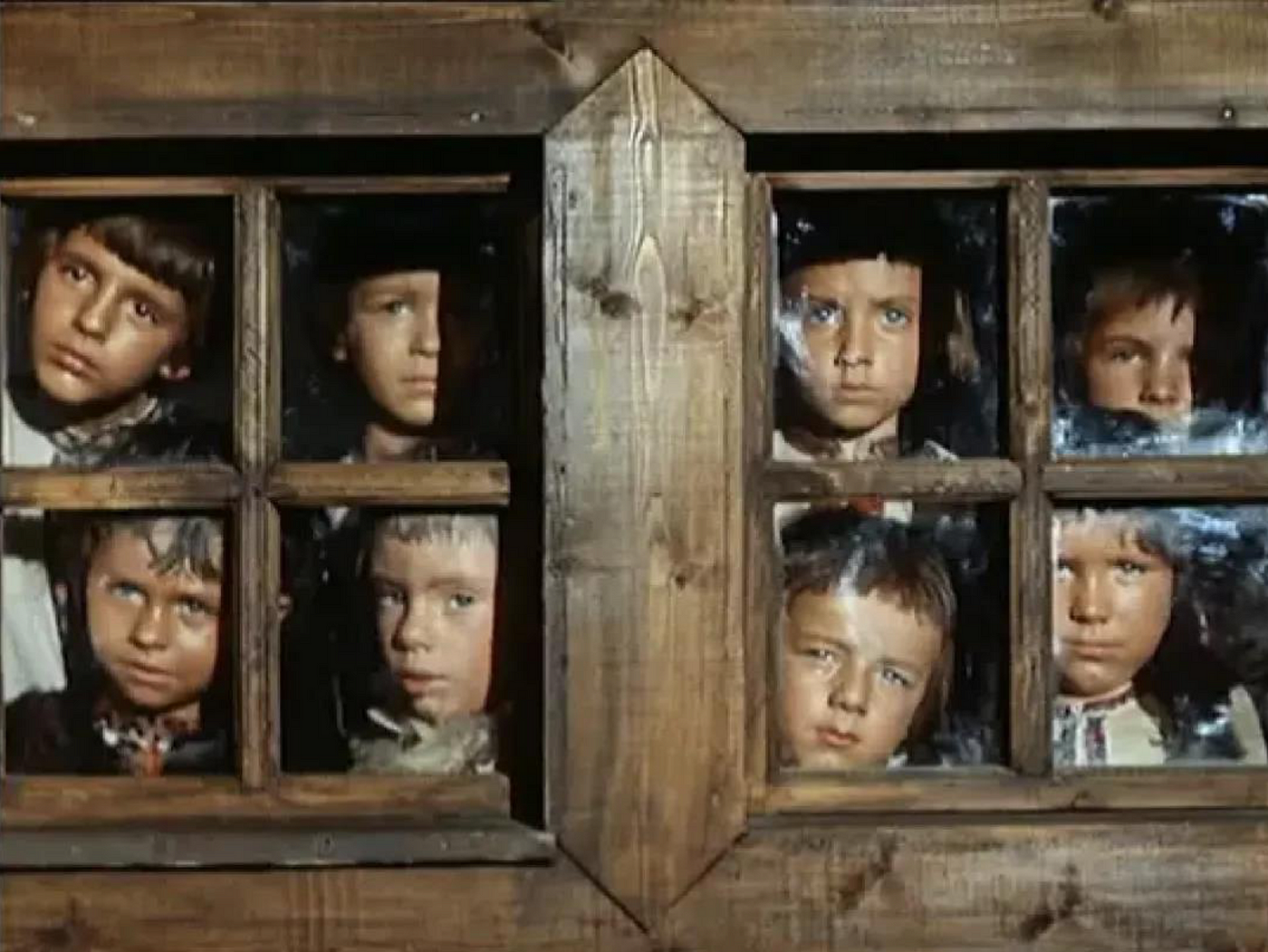
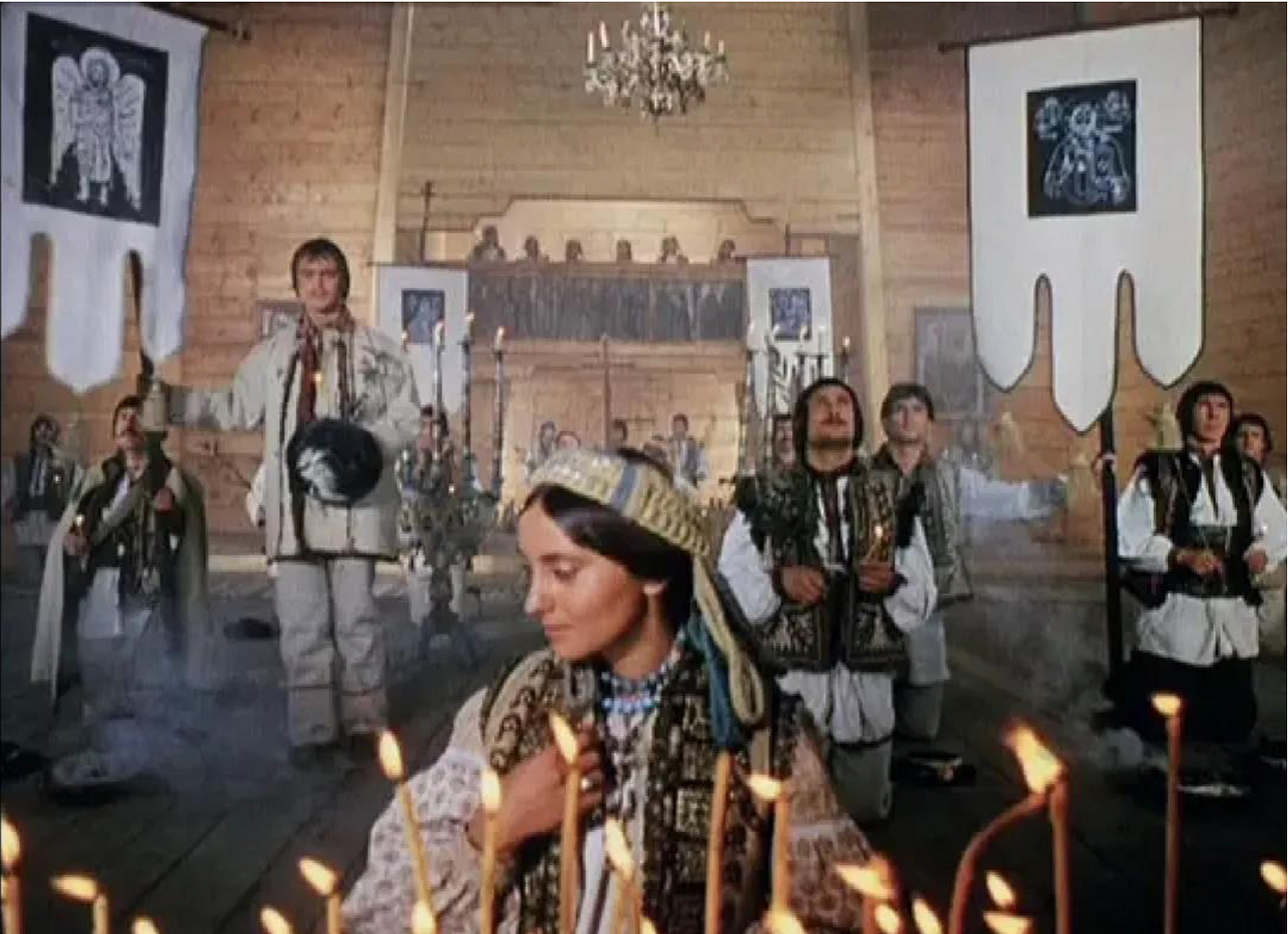
Sergei Parajanov’s feature debut, Shadows of Forgotten Ancestors, based on The lyrical novel of the same name by Михаил Михайлович Коцюбинский, set off a huge “aesthetic revolution” as soon as it was released. The film consists of 11 sections, and the image and structure is very expressive, which can be called a melodious lyric poem.
After the downfall of the U.S.S.R., Ukraine, like its other Soviet counterparts, faced a dark time for film. Film financing became nearly impossible and the film distribution system was completely dismantled due to economic struggles. In the 90s, the television started emerging and serials became a more popular medium. In 2013, the state funding for film doubled the previous year’s $16 million to $30 million. This has helped Ukrainian filmmakers become more prominent in the festival circuit.
However in 2014, the political situation exacerbated by armed clashes between Ukrainian military and pro-Russian separatists in the east of the country demanded more of the government’s attention and they could not afford to fund the film industry anymore. Private investing has not been working either because it is not attractive for those who put money in it. It is too risky to invest in such unstable times. To counteract the lack of public funding, Ukrainian filmmakers started looking to co-productions.
Are they part of the European Union or Eurimages? If so, they can access funds by making coproductions. “Now is the best time for Ukrainian producers and filmmakers to start looking for funding in Europe, because the profile of the country has changed dramatically over the last year,” said Maria Baker-Choustova, co-founder of the film company Atoms & Void and producer of Sergei Loznitsa’s Maidan [and Babi Yar. Context, Winner of the Best Doc Prize in the Cannes Film Festival 2021]. “Now there is huge interest in Ukraine; it’s on the news all the time.” (Hollywood Reporter 2015). However, Choustova-Baker added that since Ukraine is not politically stable it might add more risk to potential co-productions.
In addition, there have been films that were made in Russia made to be distributed in Ukraine, but distributors rejected the films because of their political themes. Since Ukraine is a big market for Russian films, the Russians lost a great deal of money. It is interesting to see how politics outweigh profits for Ukraine. Very interesting! They are in a standstill between releasing a film that will strain societal tensions, but also create revenue for the film industry that desperately needs it.
Ukraine is still striving to preserve art by hosting over twenty film festivals and film conferences all throughout the year. The fifth Odessa Film Festival had an interesting year because the festival was entirely funded through Indiegogo. [2014] This is a great story! This shows that the public wants to encourage these independent festivals because they showcase some of the most original and commercially successful content in Ukraine. The festival planners are trying to restore the rich cinematic tradition that Ukraine once had. This international film festival has become the face of Ukraine and now has over 300,000 viewers, 3,000 industry professionals, and over 400 films screening. Now It has been become a launching pad for younger filmmakers because now that the festival has gained some recognition and international support. There are many festivals like these that are small but still emerging in the international landscape.
Another notable festival hosted in Ukraine is the Molodist Film Festival. What just started as a two-day student film event became the biggest festival in Ukraine. Despite its mainstream success, it still emphasizes young and upcoming filmmakers. They have categories still in student films and first features, which are meant to expose young filmmakers to the international professional world. In addition, the Molodist Film Festival also has conferences and keynote speakers about the latest cinematography gear and high profile industry debates. An interesting section of the festival is their non-competitive segment. In this category, filmmakers can submit geographically oriented genres such as French Connection all the way to New Russian Cinema. This gives the filmmakers an opportunity to still be true to their country’s cinematic traditions, while also being able to fully immerse themselves in the art and not have to worry about competition shadowing the art.
Despite the poor economic conditions, Ukraine has been producing very high quality content. Ukraine does not have its own high profile Oscar-type awards show, but they still do compete at the Oscars in the foreign language category. Ukriane produced two very notable films recently — The Guide and The Tribe. Both were 2014 Oscar contenders for the foreign language category, but the Ukrainian Oscar Committee chose The Guide to be their representative film. This sparked an industry controversy because the The Tribe was very critically acclaimed and was picked up by a U.S. distributor Drafthouse Films as well as a sea host of other foreign buyers. Despite the debate on what film should have been representing Ukraine at the Oscars, it was good to see that both films were getting very well received by the domestic and international markets. Both films also played very well in the festival circuit with them winning multiple awards at the Cannes Film Festival.
Although Ukraine produces a wide variety of films, there are certain types of films that end up doing better than others. During the wartime era, social commentary films about the war became popular because it exposed many Europeans to their culture. Although experimental films have always been a staple in Ukrainian culture, with money being very tight currently, filmmakers are trying to make more commercially viable films that are compared comparable to the Hollywood blockbuster hits. Since there is barely any public funding currently, Ukraine has been trying to outsource much of its production outside of the country. Luckily with all their emphasis on the growth of new filmmakers, Ukraine has produced a new wave of contemporary films that has found a place in many festivals and international markets.
With state funding already very difficult to get, they also have certain themes that a film must have in order to be considered. Most of the themes will center around putting the country in a positive light or highlighting family values. Although this is not blatant censorship, it is very indirect government control. Since the government funding is essentially a monopoly, filmmakers have no choice but to resort to making movies for the country rather than themselves. This system has positive and negatives. The positives are that more films are getting made and it gives filmmakers more credits under their belt that have a higher chance of getting international recognition. The down side to this is having to conform to ideals of the government, rather than the individual, which could be a conflict of interest.
Ukraine also has professional unions in the film industry. The six main unions are the Association Arma-Ukraine, Association of Producers of Ukraine, Cinemahall, Industrial TV Committee, Motion Picture Association of Ukraine, and National Filmmakers’ Union of Ukraine. These unions all loosely resemble American unions and guilds by providing benefits to certain aspects of the trade. However, instead of having many unions like the U.S. does, Ukraine will put more filmmakers into generalized unions. These all help encourage the art and provides an infrastructure of networking and resources that are used by most Ukrainian filmmakers.
There are four main film schools in Ukraine. They are the Kyiv National Karpenko-Kary University of Theatre, Film and Television, the Kyiv National University of Culture and Arts, the Inter School, and the I.Mykolaychuk Institute of Screen Arts. All of the these schools are feeder schools into the Ukrainian and international festival circuit. They all teach mainly the history of international and Ukrainian film, but also place a heavy emphasis on production. Because of the limited funding from the government all these schools run on generous private investments for all their equipment. The students there learn how to use industry standard technology and workflow so they can be ready to compete with the rest of the world. With over thirteen distributions companies, thirteen main studios, twenty-five television channels, and over one hundred independent production companies there are many opportunities for students to take up jobs in the media industry.
Overall, the Ukrainian film industry has had very humble beginnings that focused heavily on the art house side. It was interesting to see how the societal, cultural, and political issues have shaped the Ukrainian film industry. Although there is no room for government support in the arts currently, many festivals and educational institutions are giving opportunities to the new generation of filmmakers to pave the future for Ukraine.
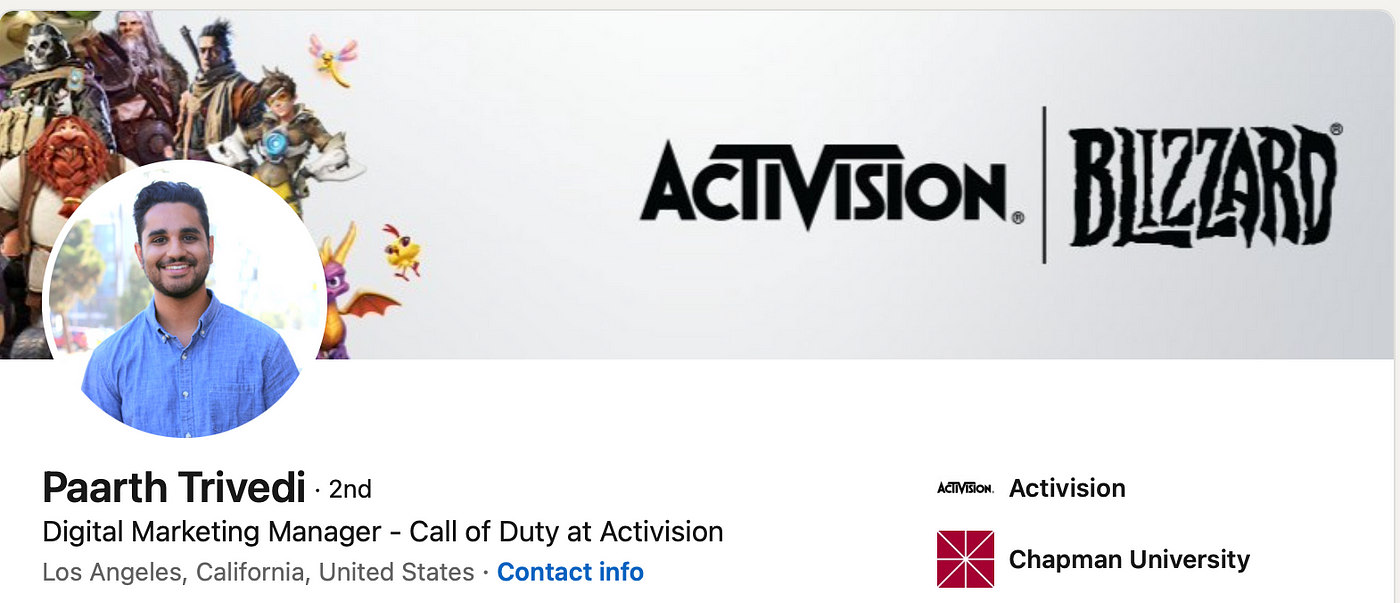
Works Cited by Paarth Trivedi: Kozlov, Vladimir. “Ukrainian Film Industry in Limbo.” The Hollywood Reporter. N.p., 26 July 2014. Web. 20 Mar. 2015.




No comments:
Post a Comment